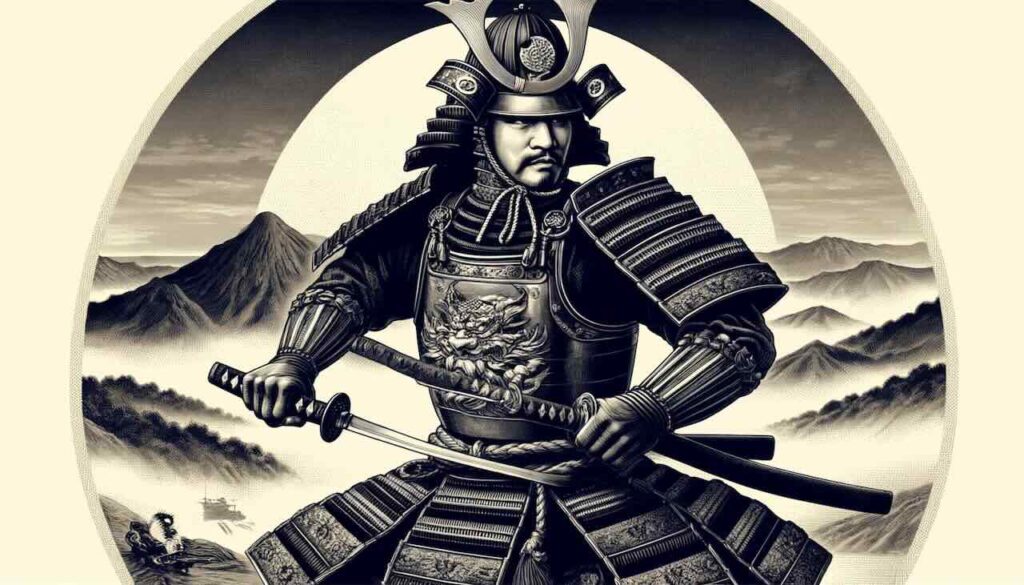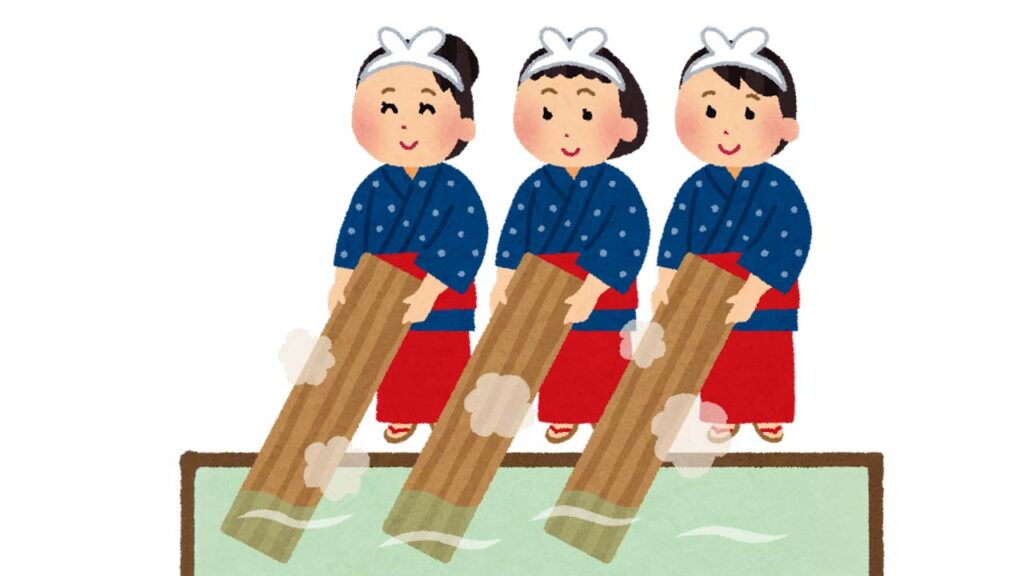While names like Oda Nobunaga, Toyotomi Hideyoshi, and Tokugawa Ieyasu dominate narratives of Japan’s Sengoku period, countless lesser-known figures played crucial roles behind the scenes. One such figure is Takigawa Kazumasu (滝川一益, 1525–1586) — a brilliant military commander and tactician who left a lasting, though often overlooked, mark on Japanese history.
Note: Historical sources sometimes confuse dates for Takigawa Kazumasu; modern scholarship generally places his life between 1525 and 1586, rather than 1556–1625 as occasionally cited.
Who Was Takigawa Kazumasu?
Takigawa Kazumasu was a prominent samurai and general during Japan’s Warring States period (Sengoku jidai, 1467–1615). Born in Mikawa Province (present-day Aichi Prefecture), he rose to prominence as a trusted vassal first under Oda Nobunaga, one of Japan’s most ambitious warlords, and later under Tokugawa Ieyasu, founder of the Tokugawa shogunate.
Kazumasu’s military acumen, loyalty, and adaptability allowed him to navigate the turbulent shifting alliances of the era — serving key roles in several pivotal conflicts that shaped the future of Japan.
Early Service Under Oda Nobunaga
Takigawa Kazumasu initially gained prominence as one of Oda Nobunaga’s most capable commanders:
- Tasked with important campaigns against rival warlords in Ise Province, Kazumasu helped secure key territories for Nobunaga.
- Nobunaga entrusted him with control of Kōzuki Castle and various border regions, highlighting his trust in Kazumasu’s leadership.
- Kazumasu’s diplomatic skill also came into play in negotiating alliances and administering newly conquered lands.
However, Nobunaga’s sudden death in the Incident at Honnō-ji (1582) triggered widespread power struggles across Japan, forcing Kazumasu to realign his loyalties in the volatile political landscape.
The Komaki-Nagakute Campaign (1584): A Crucial Role in Tokugawa’s Rise
Following Nobunaga’s death, Takigawa Kazumasu aligned himself with Tokugawa Ieyasu during the Battle of Komaki and Nagakute (1584) — a power struggle between Ieyasu and Toyotomi Hideyoshi:
- Kazumasu played a vital defensive role in protecting Ieyasu’s position.
- His strategic maneuvers during this conflict helped prevent Tokugawa forces from being overwhelmed by Hideyoshi’s numerically superior army.
- Though the battle ended inconclusively, it allowed Ieyasu to maintain his autonomy — a key moment in the eventual rise of the Tokugawa shogunate.
Later Years and Retirement
Unlike many samurai who perished in the brutal wars of the Sengoku period, Takigawa Kazumasu retired from active military service after 1584, withdrawing from political affairs:
- After falling into disfavor following a defeat against the Hōjō clan at Kanagawa (1582), Kazumasu’s political influence waned.
- He spent his later years in quiet retirement, ultimately passing away in 1586.
- Despite retiring before the climactic Battle of Sekigahara (1600) and Siege of Osaka (1614–1615), many of Kazumasu’s former comrades and descendants would later support the Tokugawa cause.
Clarifying a Common Confusion: Two “Takigawa Kazumasu”?
Modern readers sometimes encounter confusion between:
- Takigawa Kazumasu (滝川一益, 1525–1586) — The original famous Oda retainer.
- Later retainers in the Tokugawa period who bore the Takigawa name but were likely descendants or separate vassals within the extended Tokugawa network.
The version portraying Kazumasu actively fighting at Sekigahara and Osaka is likely a later Tokugawa-era vassal, rather than the original Sengoku general.
Legacy and Historical Significance
Though often overshadowed by more famous warlords, Takigawa Kazumasu remains highly respected among historians for:
- His early role in Nobunaga’s military campaigns.
- His skillful defense of Tokugawa interests during a crucial transitional period.
- His embodiment of the samurai virtues of adaptability, loyalty, and pragmatism during one of Japan’s most unstable eras.
Kazumasu serves as a reminder that Japan’s unification was not achieved by a few towering figures alone, but through the efforts of many skilled and loyal commanders who helped lay the foundation for two and a half centuries of Tokugawa rule.
Summary
Takigawa Kazumasu stands as an unsung but important figure in the saga of Japan’s Warring States period. From his service under Oda Nobunaga to his crucial support for Tokugawa Ieyasu, Kazumasu’s career reflects both the complexities and loyalties of a samurai navigating the treacherous currents of civil war. Though not widely known outside of specialist circles, his contributions remain an essential part of the story behind Japan’s eventual unification and long-lasting peace.


